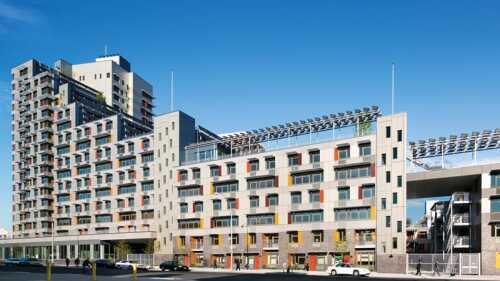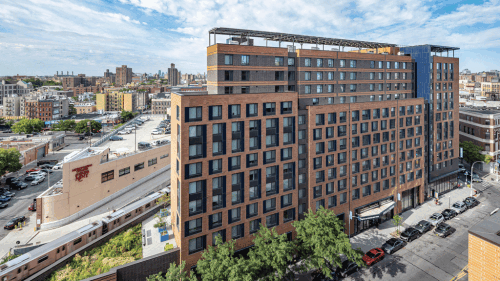Holly Dutton is a Brooklyn-based journalist who has reported on real estate for more than 10 years. A Texas native, she spent her early years in journalism covering local politics and photographing professional basketball for publications including the Houston Chronicle.











